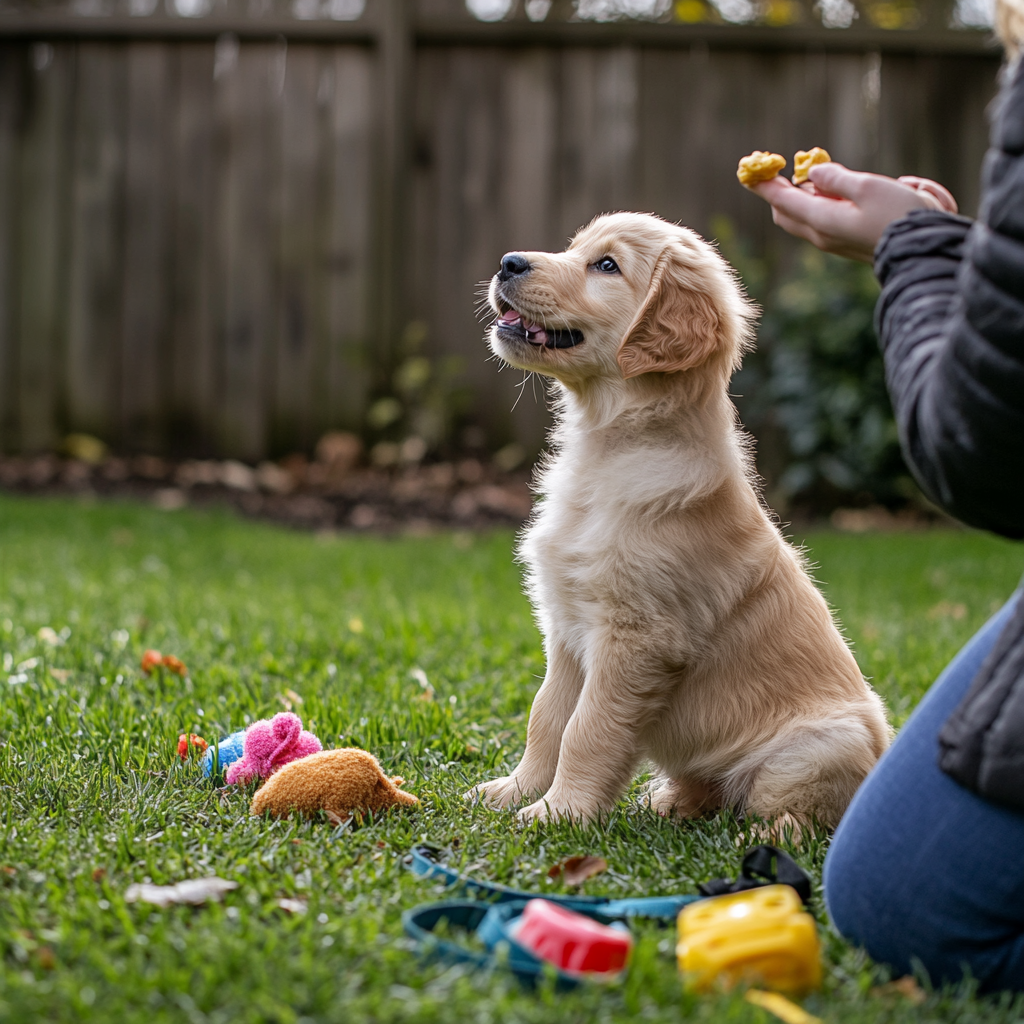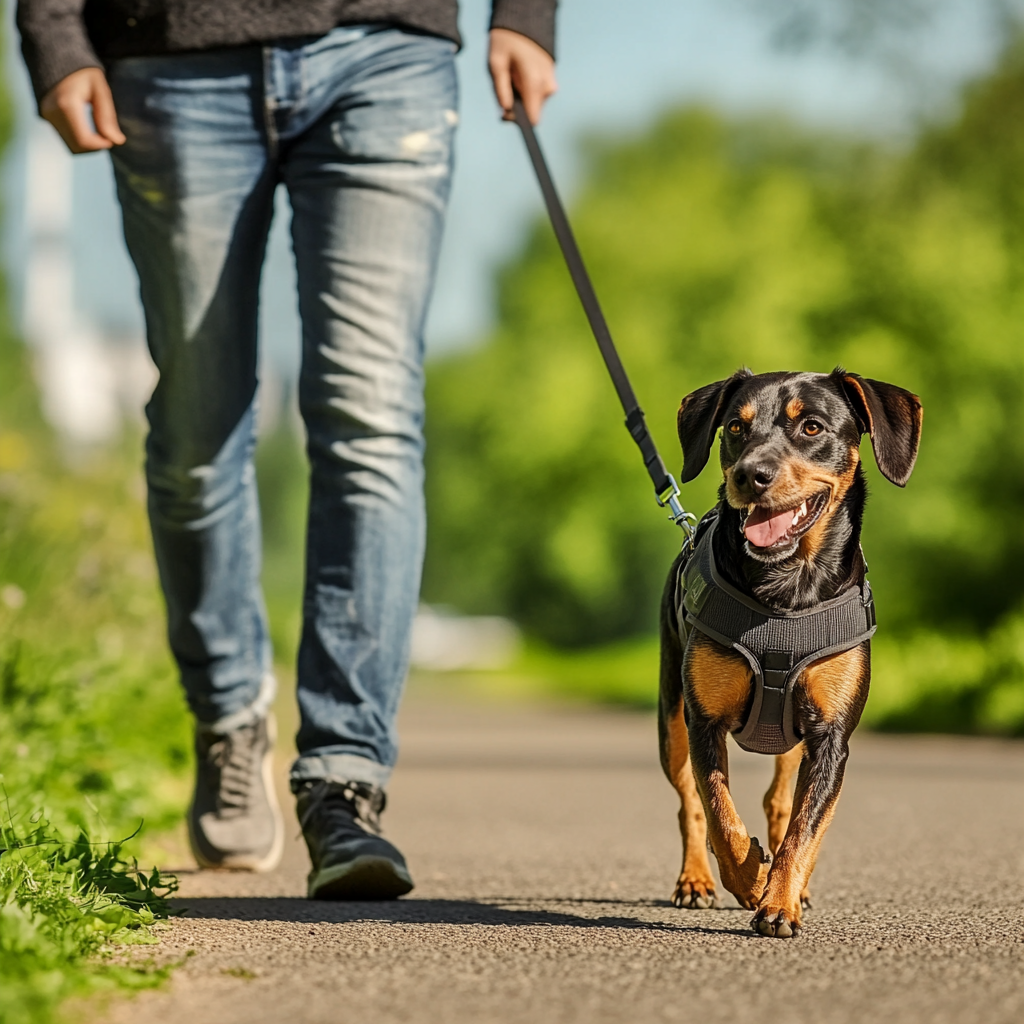7 Proven Strategies for Dealing with Pet Anxiety That Every Pet Owner Should Know!
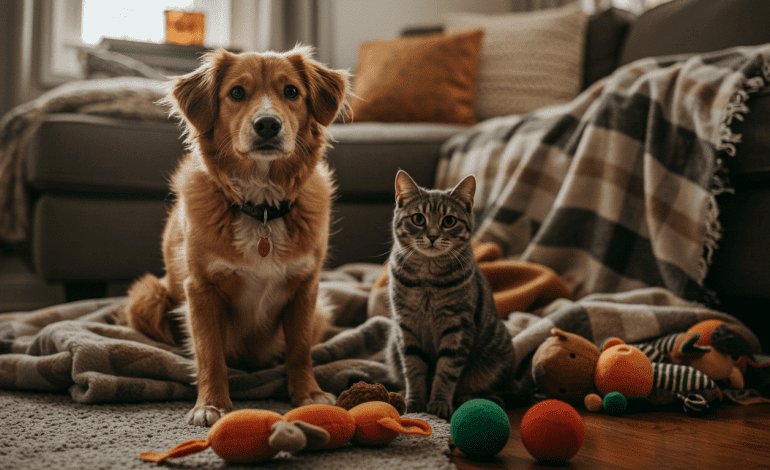
Introduction
Pet anxiety is a common issue that many pet owners face, affecting dogs, cats, and other animals alike. It can manifest in various ways, from excessive barking and destructive behavior to hiding and withdrawal. Understanding and addressing pet anxiety is crucial for the overall well-being of our furry friends, as it can significantly impact their quality of life. In this article, we will explore seven proven strategies to help you manage and reduce your pet’s anxiety effectively.
1. Understanding Pet Anxiety
1.1 What is Pet Anxiety?
Pet anxiety refers to a state of unease or fear that pets experience in response to certain stimuli or situations. Common signs of anxiety include:
- Excessive barking or meowing
- Destructive behavior, such as chewing or scratching
- Hiding or seeking isolation
- Pacing or restlessness
- Changes in appetite or sleep patterns
It’s essential to differentiate between normal behavior and anxiety-related behavior. While all pets may have moments of fear or stress, anxiety is characterized by persistent and excessive reactions to specific triggers.
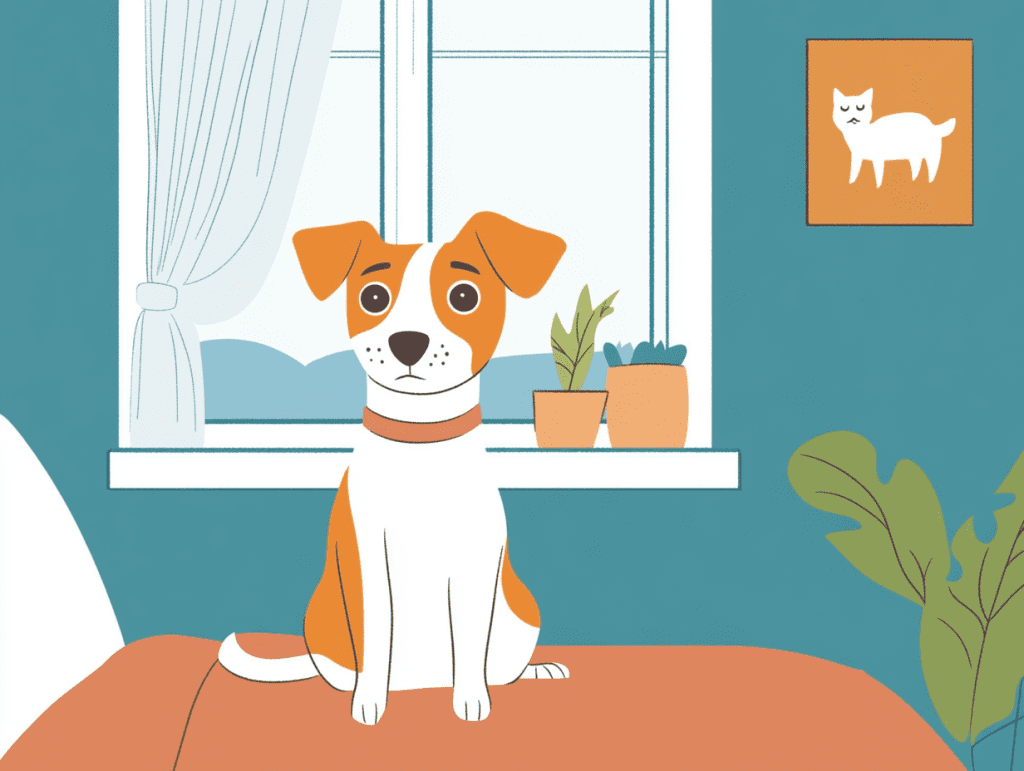
1.2 Common Causes of Pet Anxiety
Several factors can contribute to pet anxiety, including:
- Environmental Factors: Loud noises (like thunderstorms or fireworks), changes in routine, or moving to a new home can all trigger anxiety in pets.
- Separation Anxiety: Many pets experience anxiety when left alone, leading to distressing behaviors such as barking, whining, or even destructive actions.
1.3 Recognizing Triggers
Identifying what triggers your pet’s anxiety is crucial for effective management. Consider keeping a journal to track anxiety episodes, noting:
- The situation or environment
- Your pet’s behavior
- Any changes in routine or surroundings
This record can help you pinpoint specific triggers and develop strategies to address them.
2. Creating a Safe Space
2.1 Designing a Comfort Zone
Creating a designated comfort zone for your pet can provide them with a sense of security. Here are some tips:
- Choose a quiet area in your home, away from noise and distractions.
- Include familiar items like toys, blankets, and bedding to make the space inviting.
- Ensure the area is easily accessible for your pet.
2.2 Using Calming Products
There are various calming products available that can help reduce anxiety, including:
- Calming Beds: These beds are designed to provide comfort and security.
- Wraps: Anxiety wraps can apply gentle pressure to help soothe anxious pets.
- Pheromone Diffusers: These products release calming scents that can help reduce stress.
2.3 Establishing a Routine
A consistent daily schedule can significantly reduce anxiety in pets. Consider the following:
- Set regular feeding times, walks, and play sessions.
- Maintain a predictable routine, especially during stressful times (like moving or holidays).
- Be patient as your pet adjusts to the routine.
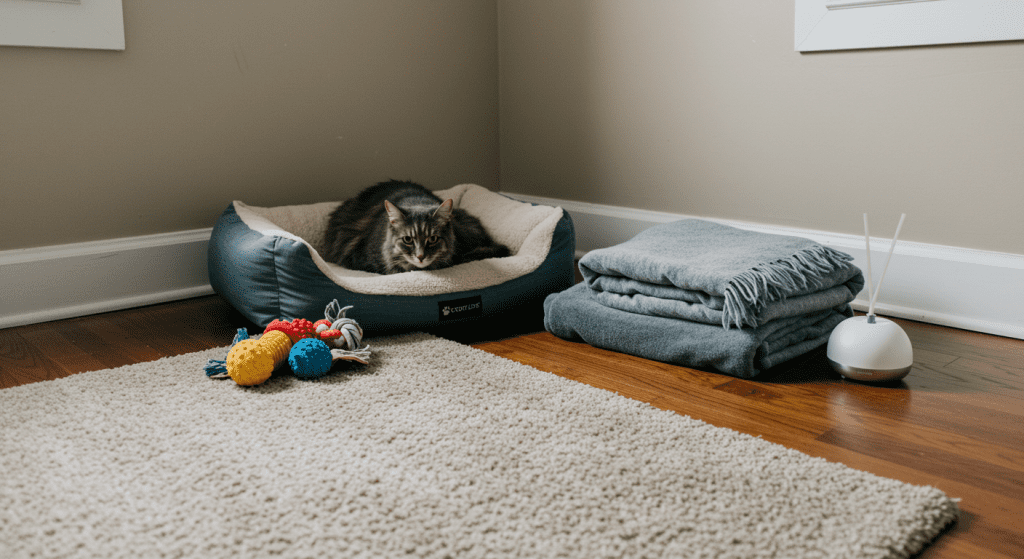
3. Behavioral Training Techniques
3.1 Positive Reinforcement for Pet Anxiety
Positive reinforcement is a powerful tool for encouraging calm behavior in pets. This involves rewarding your pet for displaying relaxed behavior with treats, praise, or playtime. For example, if your dog remains calm during a thunderstorm, reward them with a treat to reinforce that behavior.
3.2 Desensitization and Counter-Conditioning
Desensitization involves gradually exposing your pet to anxiety triggers in a controlled manner. Here’s a step-by-step guide:
- Identify the trigger (e.g., loud noises).
- Expose your pet to the trigger at a low intensity (e.g., playing a recording of the noise at a low volume).
- Gradually increase the intensity while rewarding calm behavior.
Counter-conditioning involves changing your pet’s emotional response to a trigger. For instance, if your pet is anxious about car rides, you can associate the car with positive experiences, like treats or playtime.
3.3 Pet Anxiety: Professional Training Assistance
If your pet’s anxiety is severe, consider seeking help from a professional trainer or behaviorist. They can provide tailored strategies and support. During training sessions, expect to learn about your pet’s behavior and receive guidance on effective techniques.
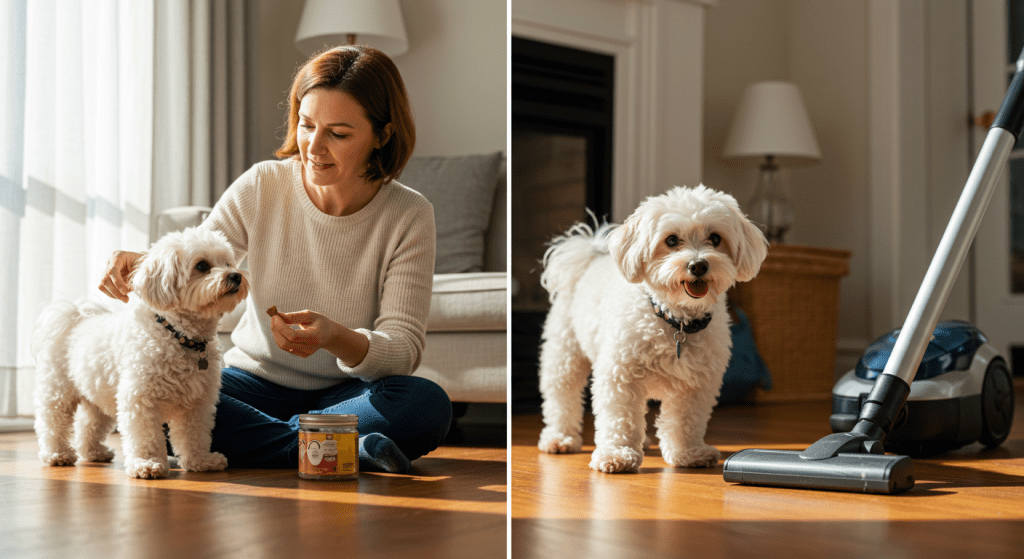
4. Pet Anxiety: Natural Remedies and Supplements
4.1 Herbal Remedies
Several herbal remedies may help alleviate pet anxiety, including:
- Chamomile: Known for its calming properties.
- Valerian Root: Often used to reduce stress and promote relaxation.
Always consult your veterinarian before introducing any herbal remedies to ensure safety and proper dosage.
4.2 Nutritional Supplements
Certain nutritional supplements can support your pet’s mental health, such as:
- Omega-3 Fatty Acids: These can help reduce anxiety and improve overall mood.
- L-theanine: An amino acid that may promote relaxation.
When choosing supplements, consult your veterinarian for recommendations tailored to your pet’s needs.
4.3 Homeopathic Options
Homeopathy offers various remedies for pet anxiety, such as:
- Aconite: For sudden fear or anxiety.
- Rescue Remedy: A blend of flower essences that can help calm anxious pets.
Discuss these options with your veterinarian to find the best fit for your pet.

5. Engaging in Physical and Mental Activities
5.1 Regular Exercise
Physical activity is essential for reducing anxiety in pets. Regular exercise can help release pent-up energy and promote relaxation. Consider:
- Daily walks or runs for dogs.
- Interactive play sessions with toys for cats and dogs.
- Swimming or agility training for active pets.
5.2 Mental Stimulation
Engaging your pet in mentally stimulating activities can also alleviate anxiety. Ideas include:
- Puzzle toys that challenge your pet to think.
- Training games that reinforce commands and tricks.
- Hide-and-seek games that encourage exploration.
5.3 Socialization Opportunities
Socialization is vital for building confidence in pets. Safely introducing your pet to new environments and other animals can help them feel more secure. Consider:
- Attending dog parks or pet-friendly events.
- Arranging playdates with other pets.
- Gradually exposing your pet to new experiences.
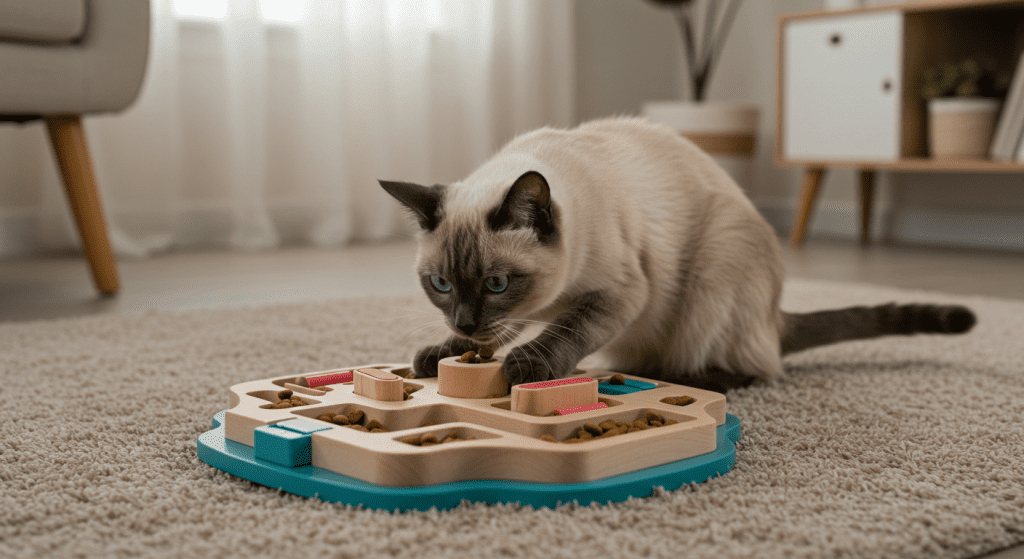
6. Professional Help and Veterinary Support
6.1 When to Consult a Veterinarian
If your pet’s anxiety is severe or worsening, it may be time to consult a veterinarian. Signs that indicate a need for professional help include:
- Persistent destructive behavior.
- Changes in eating or sleeping habits.
- Signs of aggression or extreme fear.
During a veterinary consultation, expect a thorough examination and discussion of your pet’s behavior.
6.2 Medication Options
In some cases, medication may be necessary to manage pet anxiety. Common medications include:
- Fluoxetine: An antidepressant that can help reduce anxiety.
- Clomipramine: A tricyclic antidepressant used for separation anxiety.
Discuss potential side effects and considerations with your veterinarian before starting any medication.
6.3 Behavioral Therapy
Behavioral therapy can be an effective approach for managing pet anxiety. This therapy focuses on modifying behavior through various techniques. To find a qualified animal behaviorist, ask your veterinarian for recommendations or search for certified professionals in your area.

7. Pet Anxiety: Monitoring Progress and Adjusting Strategies
7.1 Keeping a Progress Journal
Tracking changes in your pet’s behavior over time is essential for understanding their progress. In your journal, include:
- Dates and times of anxiety episodes.
- Specific triggers and your pet’s reactions.
- Any strategies you implemented and their effectiveness.
7.2 Adjusting Strategies as Needed for Pet Anxiety
Evaluate the effectiveness of your chosen strategies regularly. If something isn’t working, don’t hesitate to make adjustments. Consider:
- Trying new calming products or techniques.
- Modifying your pet’s routine based on their needs.
- Consulting with professionals for additional guidance.
7.3 Celebrating Small Wins against Anxiety
Recognizing and celebrating progress, no matter how small, is vital for both you and your pet. Reward your pet for improvements with treats, extra playtime, or affection. This positive reinforcement can help build their confidence and strengthen your bond.
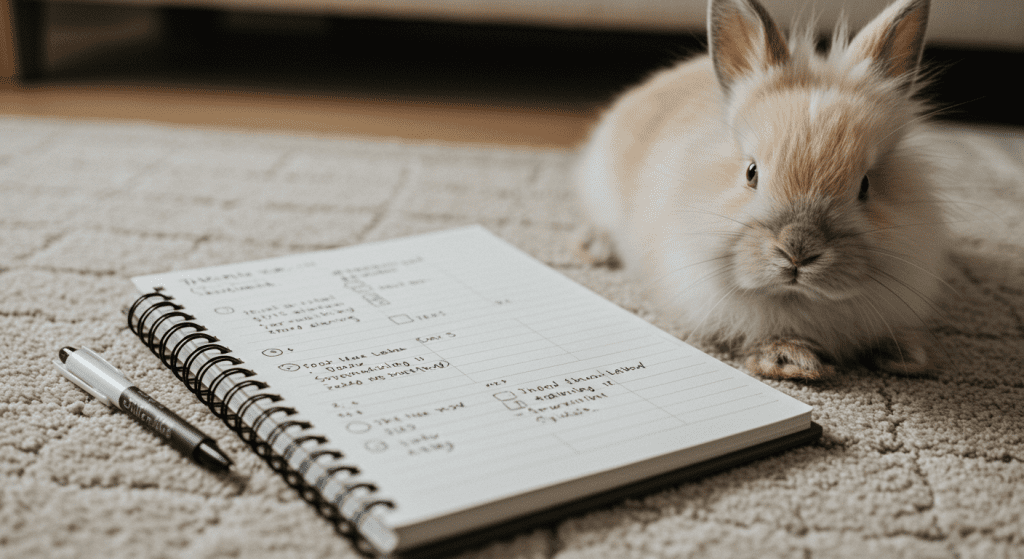
Conclusion
Addressing pet anxiety is a journey that requires patience and persistence. By implementing these seven strategies, you can create a supportive environment for your pet and help them feel more secure. Remember, every pet is unique, and what works for one may not work for another. Stay committed to understanding your pet’s needs, and you’ll be well on your way to helping them overcome anxiety.
FAQs
What are the signs of anxiety in pets?
Common signs include excessive barking, destructive behavior, hiding, and changes in appetite.
How long does it take to see improvements in anxious pets?
Improvements can vary based on the pet and the strategies used, but consistency is key.
Are there specific breeds more prone to anxiety?
Certain breeds, such as Border Collies and Chihuahuas, may be more prone to anxiety, but any pet can experience it.
Can anxiety in pets be completely cured?
While some pets may overcome anxiety, others may require ongoing management and support.
What should I do if my pet has a severe anxiety attack?
Stay calm, provide a safe space, and consult your veterinarian for immediate guidance.
For more topics about pet visit our category: https://varioblog.com/category/pets/






